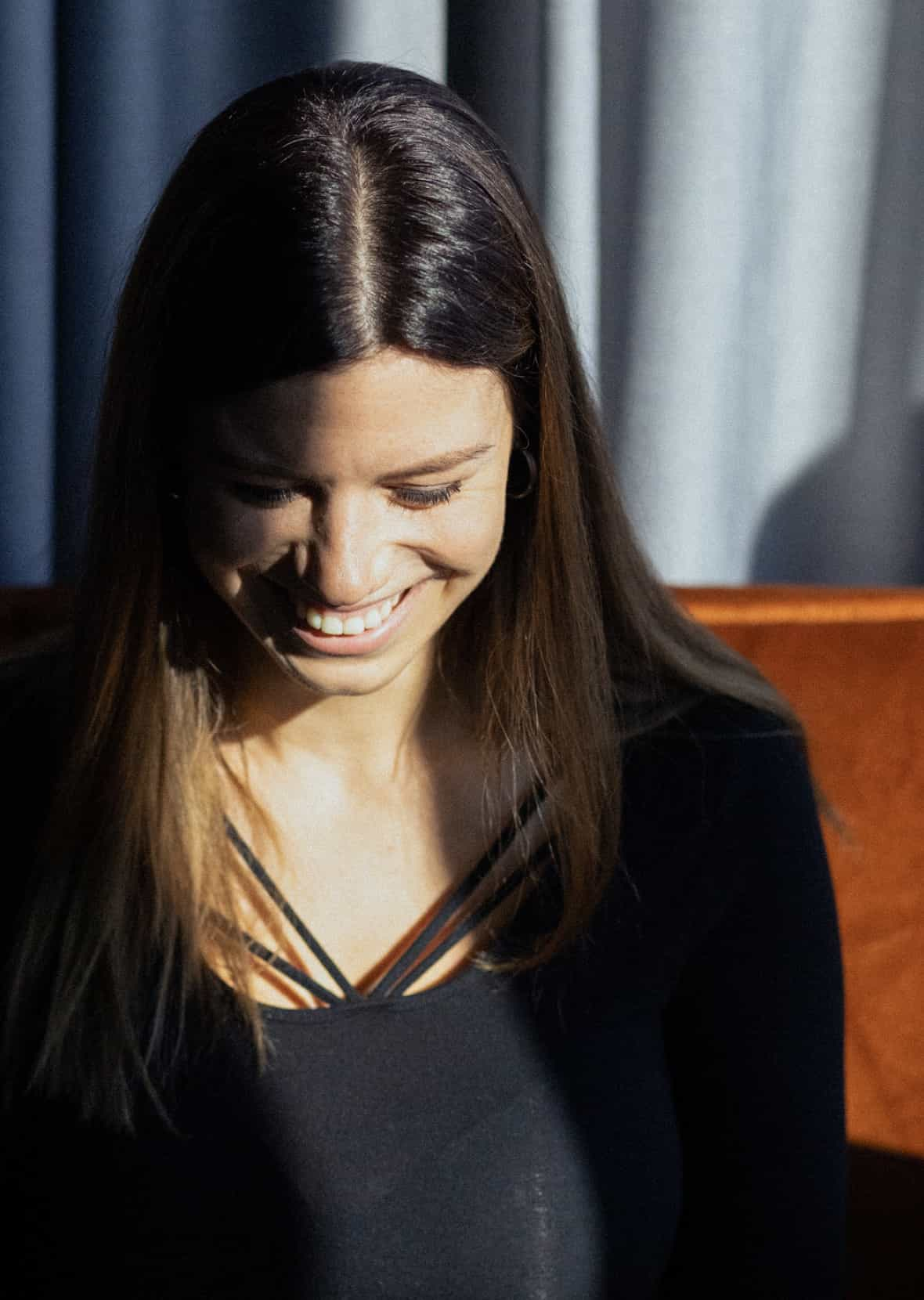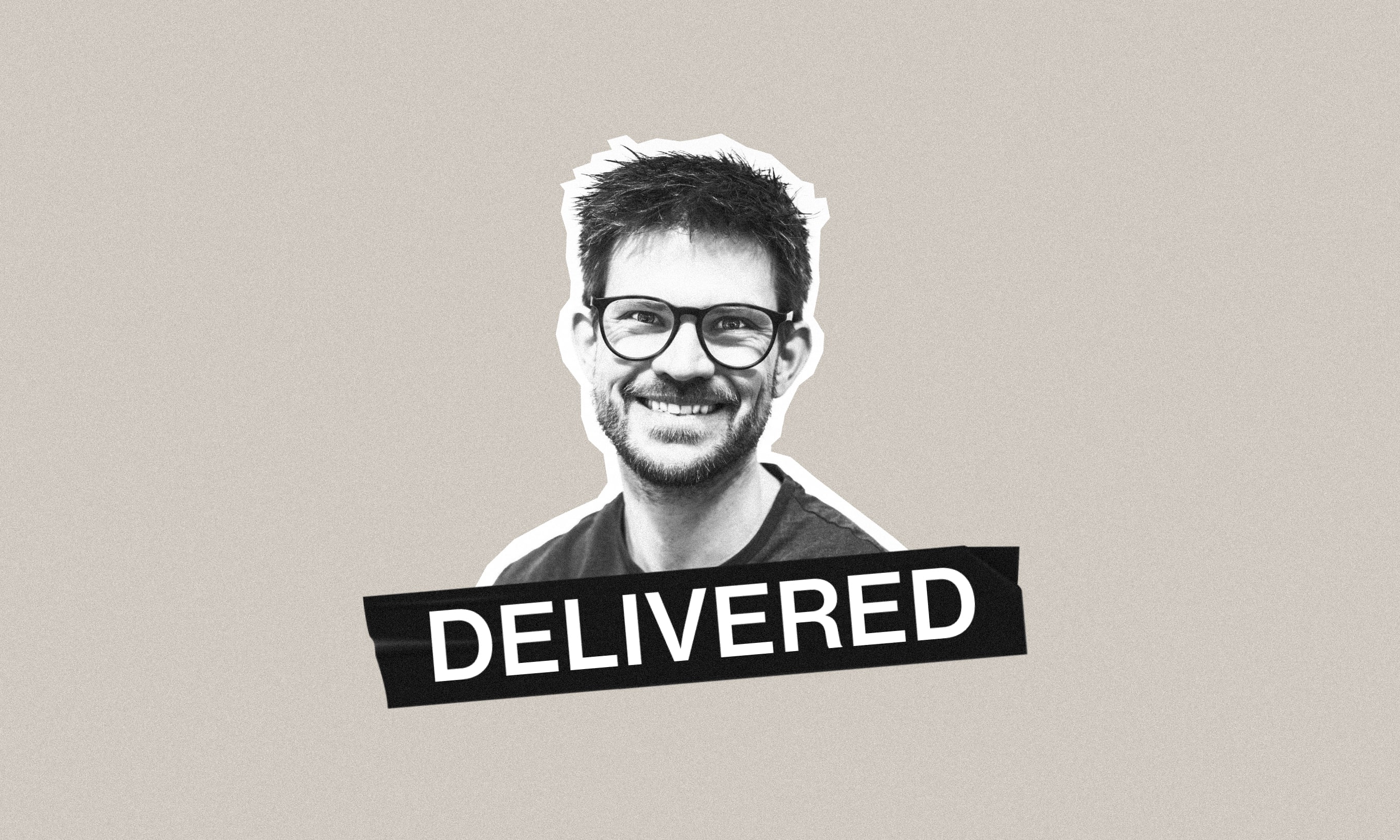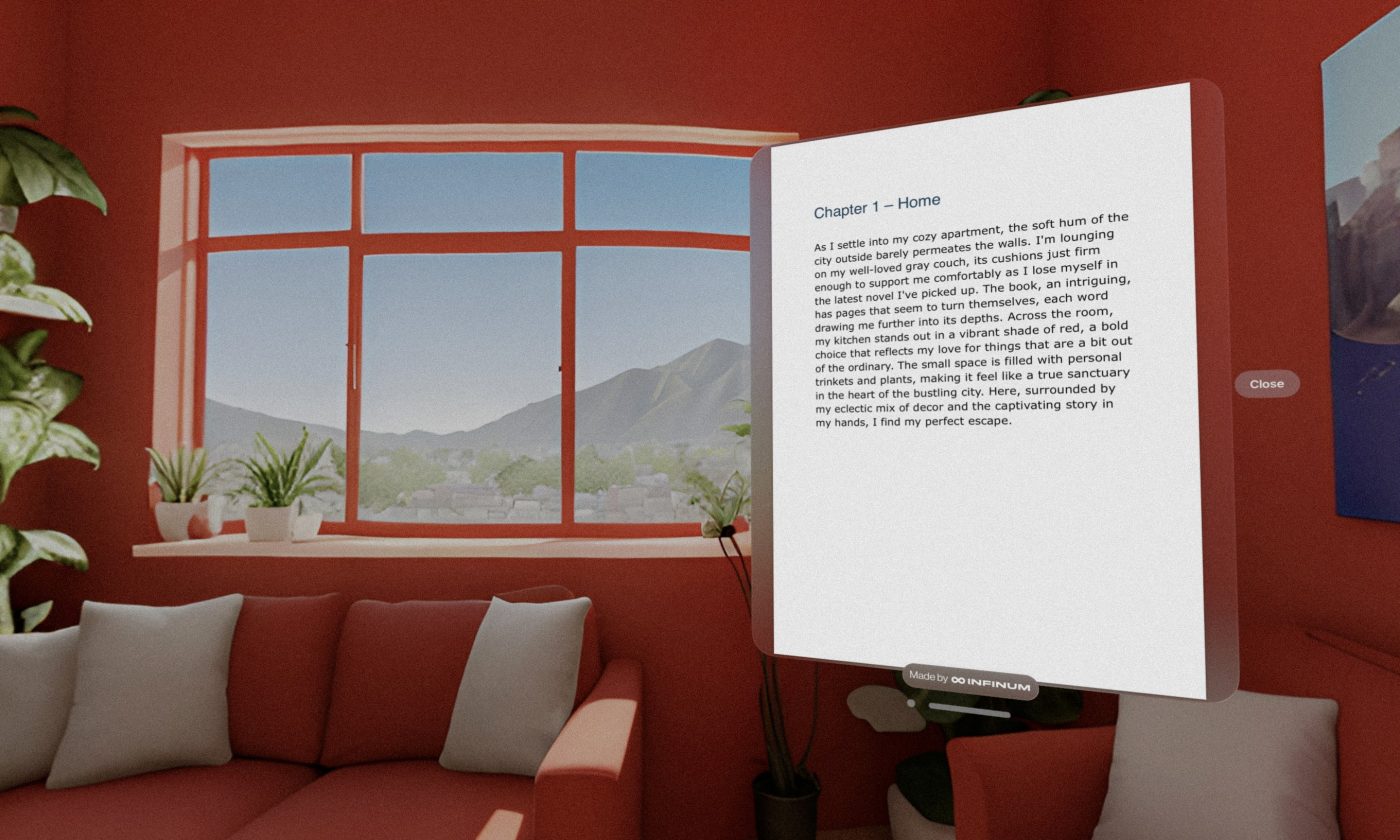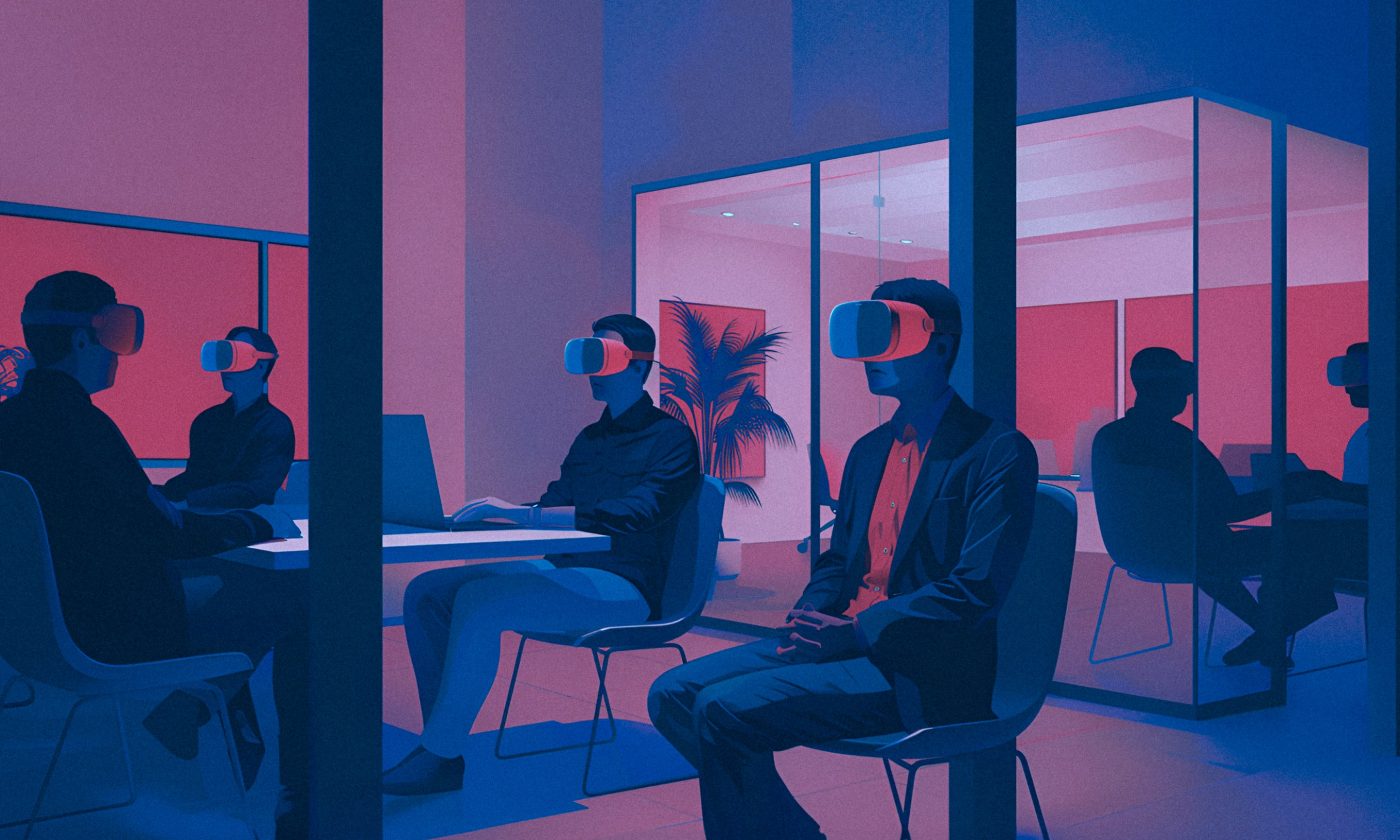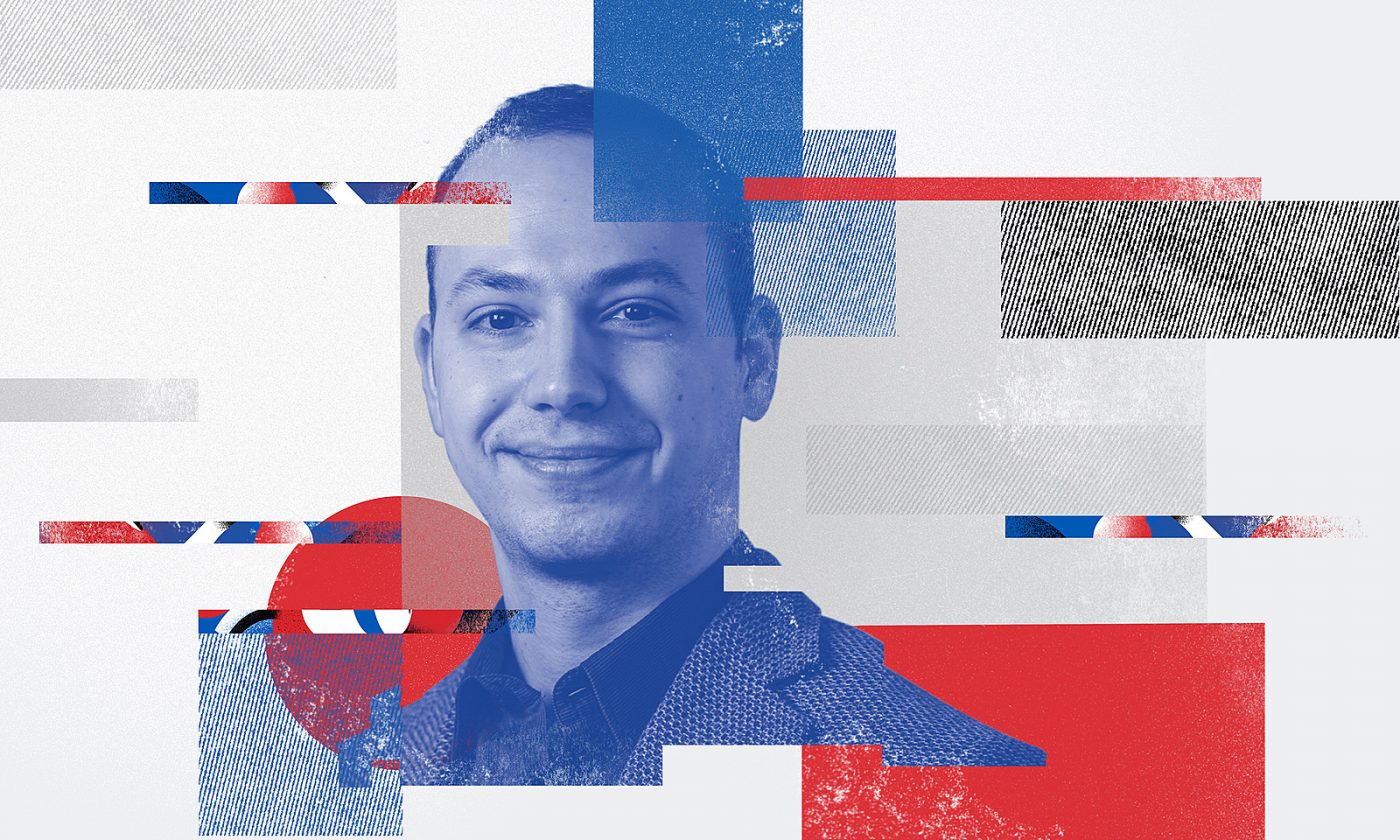Product experience expert from Leica Camera, Nico Köhler, appears in our event series Delivered to discuss his approach to product management and the secret behind Leica’s ongoing success.
With far more connected devices than people in the world, we’re heading full force towards a phygital future where the line between the physical and digital world is increasingly blurring.
In this era of product complexity and fierce competition, how do you make your digital product stand out? It turns out it’s less about the sleekness of the device or the advanced technology underneath it and more about the experience.
Appearing as a guest on our show Delivered, product experience expert Nico Köhler shares his strategies for building loveable and future-proof digital products.
MLP is the new MVP
You’ve likely come across the term Minimum Viable Product – a product stripped down to its basic features, designed to gather feedback for future improvements.
For years, the MVP has played an important role for startups everywhere. It makes perfect sense when you want to launch an innovative product in a new market niche quickly. However, in today’s saturated market, where it’s hard to be the first in any category, a better approach would be to focus on the minimum set of features that will make users fall in love with the product.
When people want to build minimal viable products, it’s very technically driven. At Leica, we believe in building products that people love when they touch them.
NICO KÖHLER
How do you go about it? It starts with engaging with your customers during the product exploration phase, understanding their desires, and using their insights to build a minimum lovable product.
This approach enabled Leica to launch the world’s first camera with support for Content Credentials, an encryption technology that protects photo authenticity. Recognizing their customers’ concerns that the value of the content they were creating was decreasing due to AI-generated images, Leica leveraged this insight to introduce a groundbreaking feature.
“Innovation is about looking at the market, looking at what the customers really, really want, and what their problems are, and then coming up with the best technology to fulfill those requirements,” Nico explains.
Balancing discovery and delivery
One of the biggest mistakes companies make is skipping the discovery phase and just building something that others have. This means wasting effort and resources on replicating existing solutions rather than focusing on what matters — solving real user problems.
Reflecting on his own experience, Nico admits to a mistake he made in the beginning, prioritizing delivery over discovery. Rushing to implement a feature the team deemed important, they failed to see how little the users actually needed it.
The lean product mantra of “build, measure, learn” should be applied to both discovery and delivery. This ensures you’re always building the right thing by staying in tune with customer needs.
Delivering a great product will take time, but you shouldn’t give up until people love it.
“When you launch your first product, version one will not be the most lovable product out there. So make sure you continue at least to version three. You go on until you hit that product-market fit and see that people love it,” Nico explains.
Get the right people on the bus, then decide where to drive it
“Products are built by people, and great products are built by great people,” says Nico. He believes that assembling a core group consisting of a designer, product managers, and an engineer who are all on the same page about customer needs is key.
To achieve this alignment, Nico recommends holding regular sprint reviews every two weeks. This hands-on approach allows everyone to identify issues and pain points, such as small glitches or connectivity issues, directly from the real product being shipped. He acknowledges that these meetings may involve some discomfort, but addressing real customer pain points is essential for product improvements.
Connecting the dots for a great product experience
Building a connected experience, a physical product coupled with a companion app, is much more complex than building standalone apps. Hardware has a different development cycle, and it can take up to four years to implement improvements, which are then followed by firmware updates.
At Leica, the key to success lies in close collaboration between the software and hardware teams. Each team has its individual roadmap, but they synchronize their efforts to ensure that the features and updates for all the components are synchronized.
Furthermore, Leica has adopted a unified design system for its mobile app and hardware products to create a cohesive user experience. When deciding which features or aspects of the product experience to prioritize, Nico and Leica adhere to a simple yet powerful principle — less is more.
Leica products have very few knobs and buttons; we prioritize only the essential features. It’s similar to Apple’s approach. We carefully consider whether people truly need a new feature before adding it.
NICO KÖHLER
If you’d like to learn more about building digital products that delight users, watch the full episode here.


